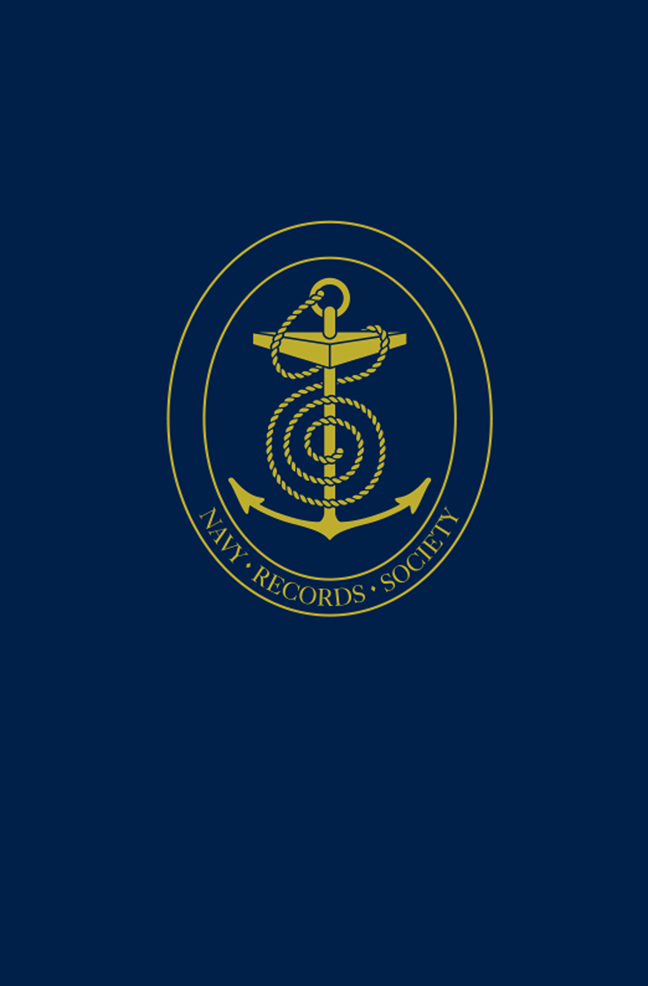Book contents
- Frontmatter
- Contents
- List of Maps
- Preface
- Glossary of Abbreviations
- Part I The Mediterranean Fleet from 1930 to the Ethiopian Crisis
- Part II The Abyssinian Crisis, 1935–1936
- Part III The Spanish Civil War and the Nyon Agreements, 1936–1937
- Part IV The Approach of War, 1938–1939
- Sources and Documents
- Index
- Miscellaneous Endmatter
Part III - The Spanish Civil War and the Nyon Agreements, 1936–1937
Published online by Cambridge University Press: 05 March 2024
- Frontmatter
- Contents
- List of Maps
- Preface
- Glossary of Abbreviations
- Part I The Mediterranean Fleet from 1930 to the Ethiopian Crisis
- Part II The Abyssinian Crisis, 1935–1936
- Part III The Spanish Civil War and the Nyon Agreements, 1936–1937
- Part IV The Approach of War, 1938–1939
- Sources and Documents
- Index
- Miscellaneous Endmatter
Summary
The Mediterranean Fleet was in the process of returning to normal after the Abyssinian crisis when the Spanish Civil War began on 17 July in Melilla on the north-eastern coast of Spanish Morocco as a military rebellion against the Popular Front Government. The insurgents quickly gained control of Spanish Morocco and a number of points in mainland Spain. However, the revolts were crushed in many of the major Spanish cities such as Madrid and Valencia, ending hopes for a quick insurgent victory. In the Spanish Navy many crews mutinied and killed their officers, but the majority of the fleet remained loyal to the Republic. This posed a dilemma for the insurgents. How could they move forces across the waters to help the rebellion on the mainland before it could be crushed? The solution was provided by the Germans and Italians, who transported troops by air to the mainland. The uprising was not crushed and the Republic had sufficient inherent strength to resist the Nationalist forces on land. The struggle evolved into a long stalemate that would last the better part of three years. The Germans and Italians provided aid and ‘volunteers’ to the Nationalists led by Francisco Franco, while the Republic received substantial aid from the Soviet Union. The most effective foreign assistance was probably active intervention by German and Italian aircraft, wearing Spanish insurgent colours. The insurgents gained control of the port of Cadiz and in February 1937 captured Malaga on the southern coast as well. However, the Government retained control of the eastern or Mediterranean coast of Spain, including the ports of Barcelona, Cartagena, Valencia and Almeria, for the majority of the war. In the North the government also held on to the northern coast on the Bay of Biscay, notably Bilbao, until 1937. The Nationalists succeeded in taking control of Majorca and Ibiza in the Balearic Islands. Minorca remained in Republican hands but an attempt by a largely Catalan force in August 1936 to recapture Majorca for the Government was defeated. The Nationalist position in the Balearics as well as their control of Spanish possessions in North Africa put them in an advantageous position on the flank of the Mediterranean lines of communication to the Republican ports. They were also able to commission two powerful ships, the 10,000 ton 8-inch gun cruisers Canarias and Baleares.
- Type
- Chapter
- Information
- The Mediterranean Fleet, 1930-1939 , pp. 189 - 378Publisher: Boydell & BrewerFirst published in: 2024

